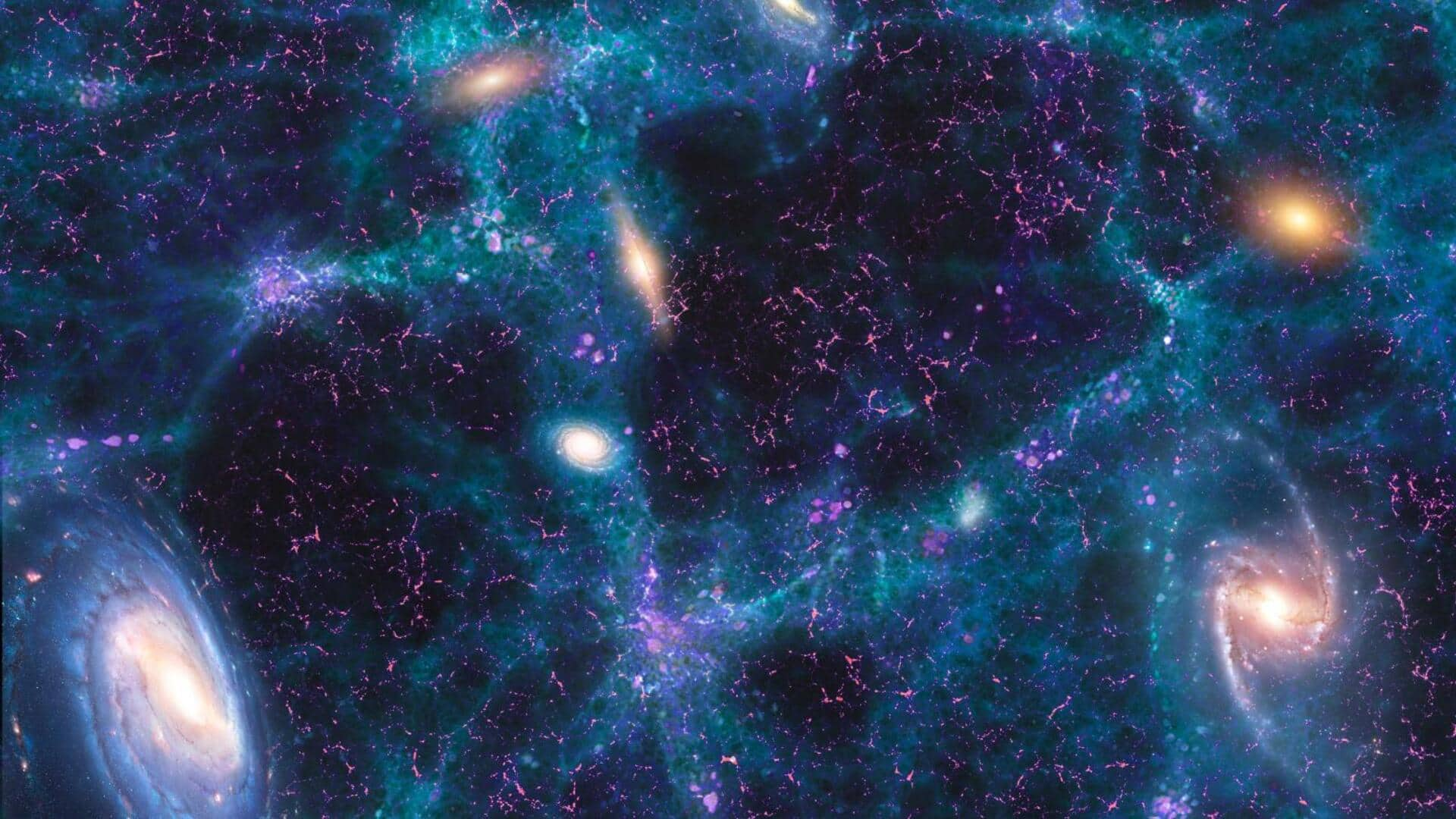
This theory might explain whether we are alone in universe
What's the story
The question of whether we are alone in the universe has long fascinated humanity. While tools like the Fermi Paradox and Drake Equation have helped us explore this mystery, a new concept called the "Solitude Zone" offers a different perspective. Proposed by Antal Veres from Hungary's University of Agriculture, the Solitude Zone is not a physical location but rather a statistical framework to understand life's existence across different technological levels.
Conceptual framework
What is the Solitude Zone?
The Solitude Zone is a statistical range where the likelihood of one lifeform existing at a certain technological level is greater than that of either multiple or none. This concept introduces a bell curve distribution for the probability of lifeforms, contrasting with models that might imply different growth patterns. The idea is similar to Fermi's paradox, which questions why we haven't encountered extraterrestrial life despite the vastness of the universe and its potential for life.
Technological advancement
Great filters and Kardashev scale
The Solitude Zone also takes into account "Great Filters," statistically improbable events that lifeforms must overcome to reach a certain level of technological development. These filters include major evolutionary leaps, such as the emergence of multicellular organisms from single-celled ones. The concept is closely tied to the Kardashev Scale, which measures a civilization's technological progress based on its energy consumption.
Statistical analysis
Veres's model and its implications
Veres's Solitude Zone model combines complexity, existence likelihood, emergence probability, and the total number of potential systems in the universe. It uses a modified version of the Drake Equation to estimate that there are about 10^24 terrestrial planets in the observable universe. The model then calculates how often an emergence probability falls within this "Solitude Zone," providing valuable insights into our understanding of life beyond Earth.
Probability assessment
Testing the scenarios
Veres tested four scenarios to determine the likelihood of a lifeform being in the Solitude Zone. The "Astrobiological Optimism" scenario, which assumes easy evolution on multiple worlds, suggests that a civilization with humanity's technological capacity would not be alone in the universe. However, the "Evolutionary Hard Step" scenario indicates that it is more likely for no lifeforms to exist rather than just one.
Hypothetical scenarios
Rare Earth hypothesis and advanced civilizations
The rare Earth hypothesis suggests that complex life is extremely rare but not impossible. Veres estimates a 29.1% chance that we are in a Solitude Zone, with another scenario called the Critical Earth Hypothesis pushing this estimate to 30.3%. This model shows that as a lifeform's Kardashev scale estimate increases, the likelihood of being in such a zone also rises, advanced civilizations could have over a 50% chance of being alone at any given time.